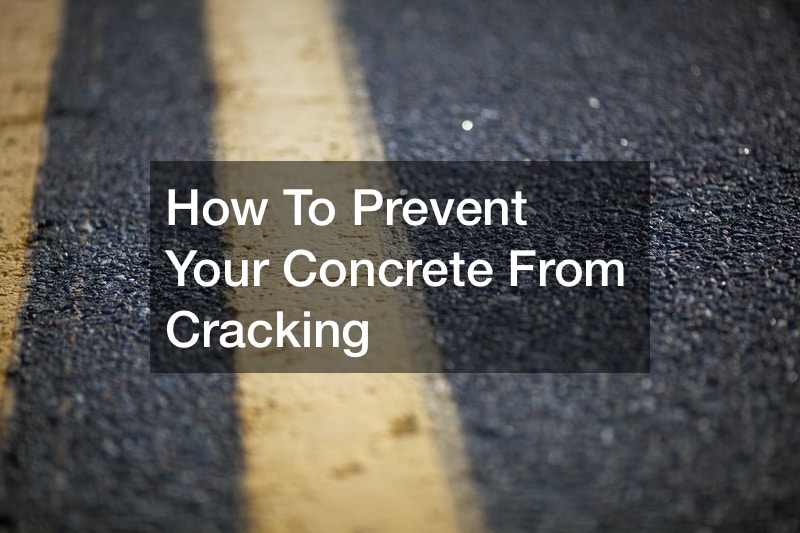

Cracked paving not only looks unsightly, but also promotes insect nests, plant growth, and possible injuries from people stumbling over the uneven pavement. Pools of water may form which further break up the pavement. Here are tips on how to prevent cracks in paving from Sleepydog Construction.
Hire the Best
Don’t just hire the local handyman to do a paving job. He may not have the specialized tools and practice that a professional concrete paving contractor would have. Make sure a contractor puts a quote in writing and has good references.
Specialized Tools
One of the tools a good contractor would use is a motorized self-propelled saw with a carbon-tipped blade. It needs to have plenty of water on the blade to keep the blade cool. If the water is not used, then the blade will melt. This tool needs to be used about 24 hours after the concrete is poured. Lines need to be cut 40 percent into the concrete depth. It is possible to rent such a tool, but it is very heavy and difficult to transport. Let the experts take care of it.
Why Paving Needs To Be Cut
Concrete becomes more prone to cracking when it is just left in one long block. Cutting small blocks helps keep the weight evenly distributed and less prone to cracking due to temperature changes. Heat and cold make the concrete expand and contract.





